Extinction often feels like something that happened in the distant past.
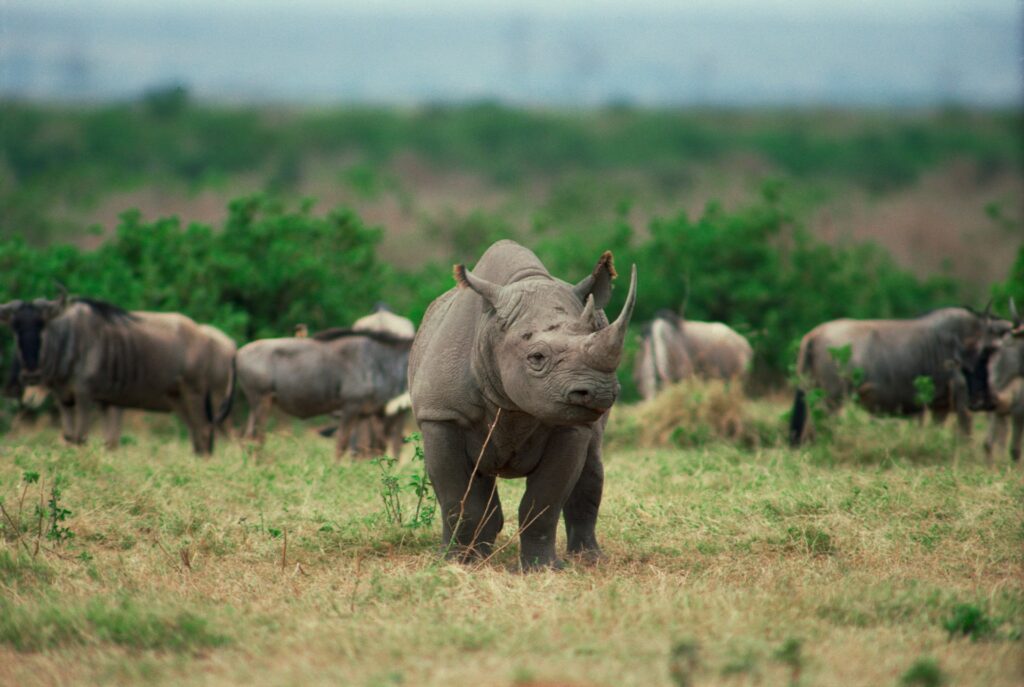
Think woolly mammoths, sabre-toothed cats, and creatures no one alive could ever have witnessed. However, in some heartbreaking cases, these animals disappeared in living memory. Here are 10 species that vanished so recently, people still remember seeing them in real life. While that gives many hope that they may not be gone for good, it’s very likely most of us will never get a chance to witness these creatures in person.
1. Thylacine (Tasmanian tiger)
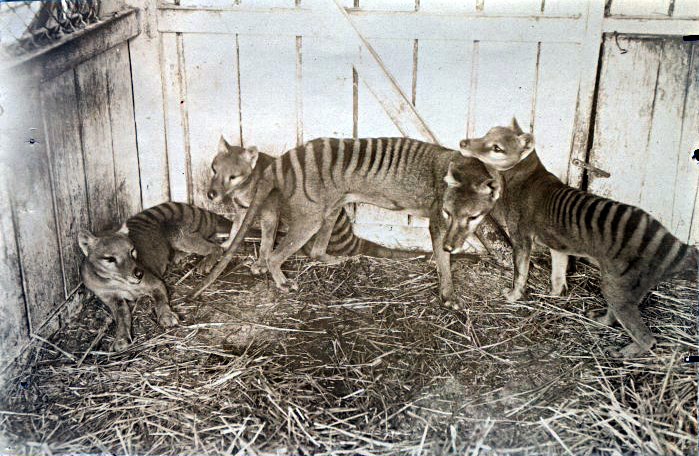
The thylacine looked like a strange blend of dog, tiger, and kangaroo, with stripes on its back and a stiff, awkward gait. It was native to Tasmania, Australia, and New Guinea, but was hunted to extinction by the early 20th century.
The last known thylacine died in 1936 at Hobart Zoo. There’s even footage of it pacing in its enclosure. Some Tasmanians still recall being warned not to go near one, or hearing their parents talk about them roaming the bush. Sightings are still reported—but none confirmed.
2. Pinta Island tortoise
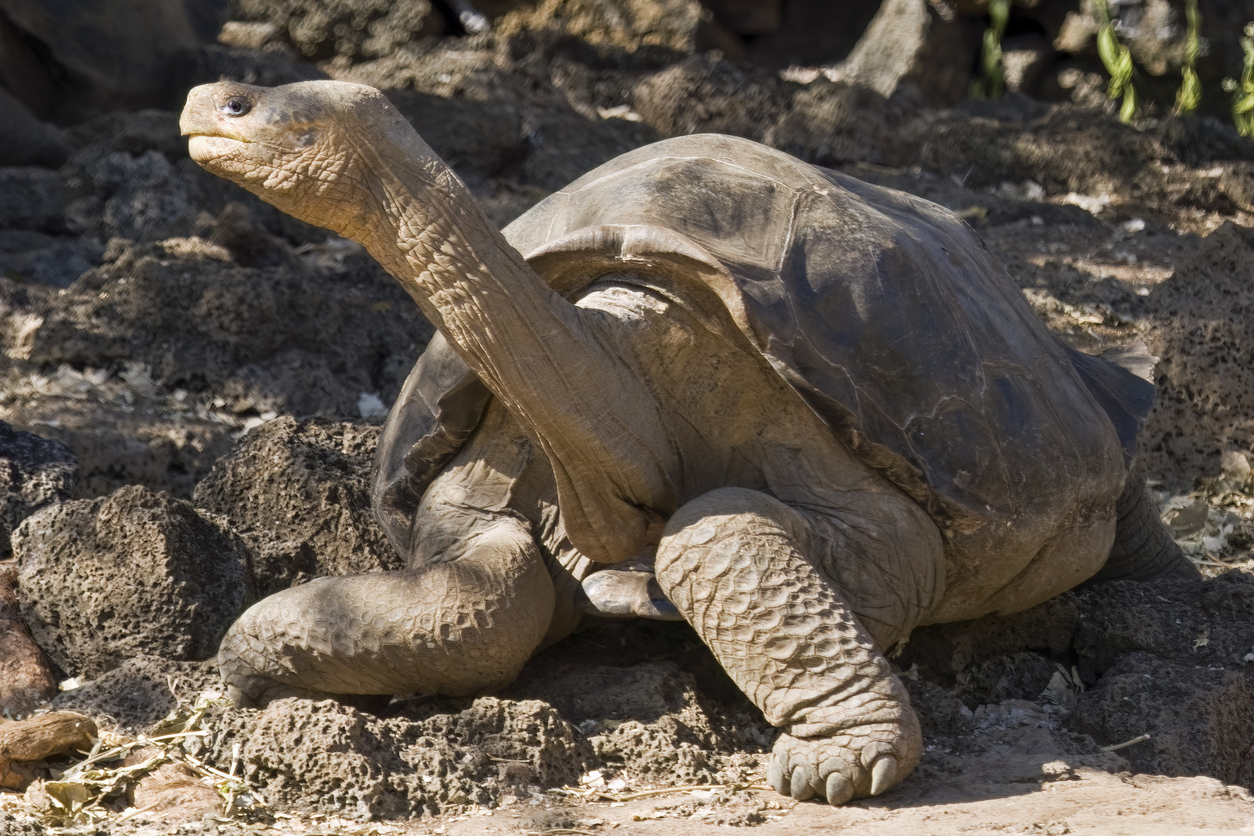
Lonesome George became the face of extinction when he died in 2012. He was the last known member of the Pinta Island tortoise subspecies from the Galápagos. His death marked the end of a lineage that had survived for hundreds of years.
People who visited him in the years before his death saw, in real time, what it meant to lose a species. His presence was a living reminder of what careless human impact—like overhunting and habitat destruction—can do to even the most ancient of creatures.
3. Western black rhinoceros
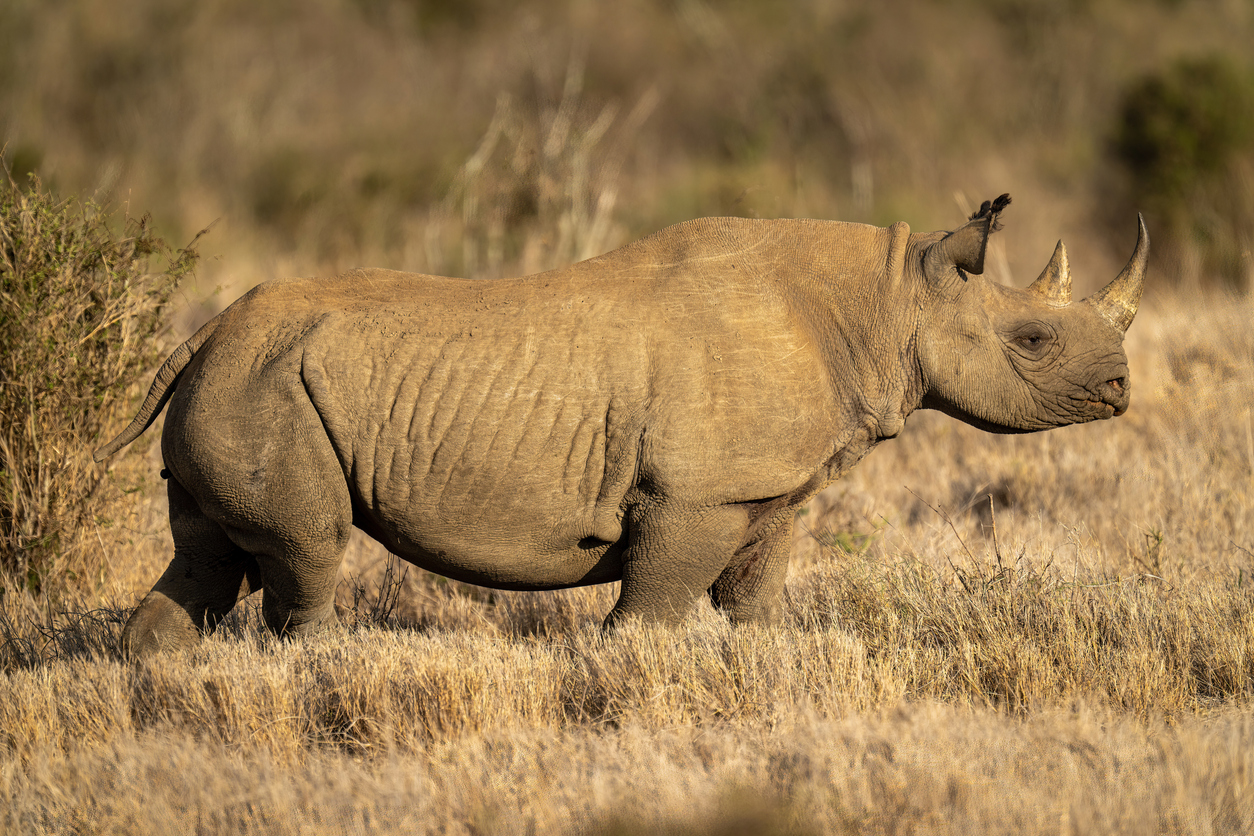
This subspecies of black rhino once roamed across parts of western and central Africa. They were officially declared extinct in 2011, but poaching and habitat loss had reduced their numbers to near-zero long before then.
There are still wildlife rangers and locals who remember seeing them in the wild. Conservationists who fought to protect them watched their disappearance unfold over decades, knowing the odds were stacked. The Western black rhino wasn’t lost to history—it was lost in plain sight.
4. Baiji dolphin
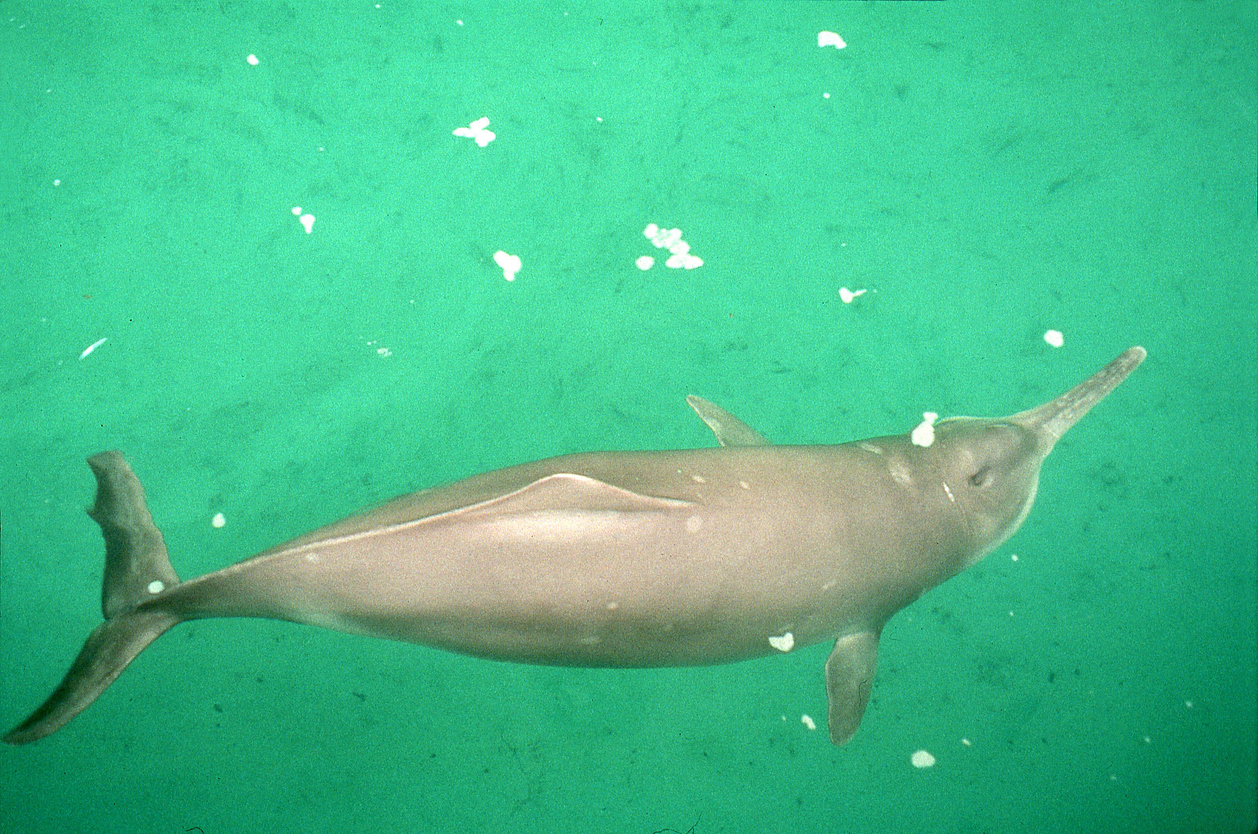
The baiji, or Yangtze River dolphin, was once a symbol of China’s rich freshwater biodiversity. It lived exclusively in the Yangtze River but couldn’t compete with industrialisation, boat traffic, and pollution. By 2006, it was declared “functionally extinct.”
Fishermen and riverside communities in China remember seeing the baiji swimming alongside boats. For centuries, it was part of life on the Yangtze. Its sudden absence has been described as eerie—a silence where there used to be movement and sound beneath the water.
5. Spix’s macaw (in the wild)
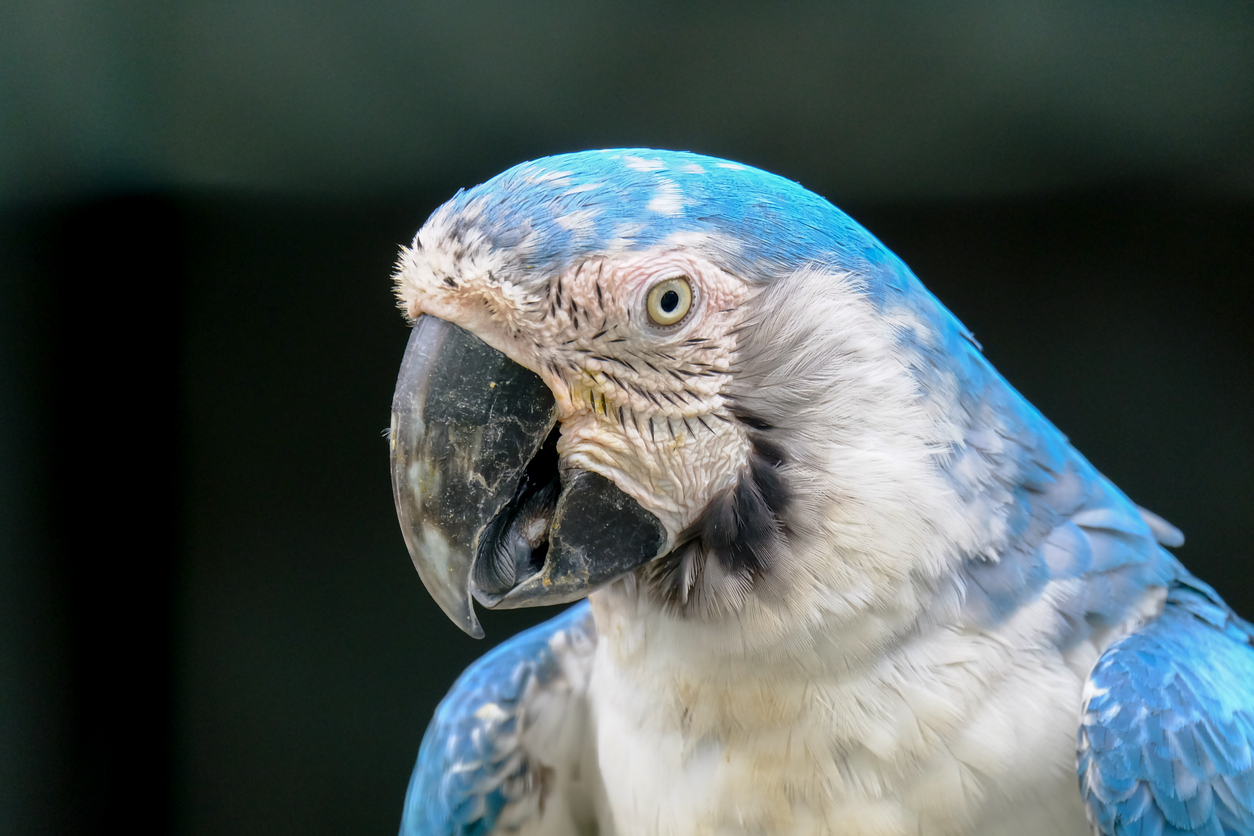
Fans of the film Rio might recognise this bright blue parrot, but in the wild, Spix’s macaw vanished around 2000. The bird’s beautiful colouring made it a prime target for illegal pet trading, and deforestation sealed its fate in Brazil.
Some locals remember seeing flashes of vibrant blue in the treetops or hearing their distinct calls in the forests. Though a few live in captivity and reintroduction is being attempted, the fact that people saw them in their lifetime—and then never again—is a powerful loss.
6. Golden toad

The golden toad was native to a small area of cloud forest in Costa Rica. It was first discovered in 1964 and went extinct just 25 years later, last seen in 1989. Climate change and fungal disease were likely contributors.
Researchers who studied them recall entire breeding pools teeming with bright orange bodies—then nothing. The speed of their disappearance shocked the scientific community. They went from hundreds to zero in the space of a few seasons, with some scientists present for both the boom and the collapse.
7. Caribbean monk seal
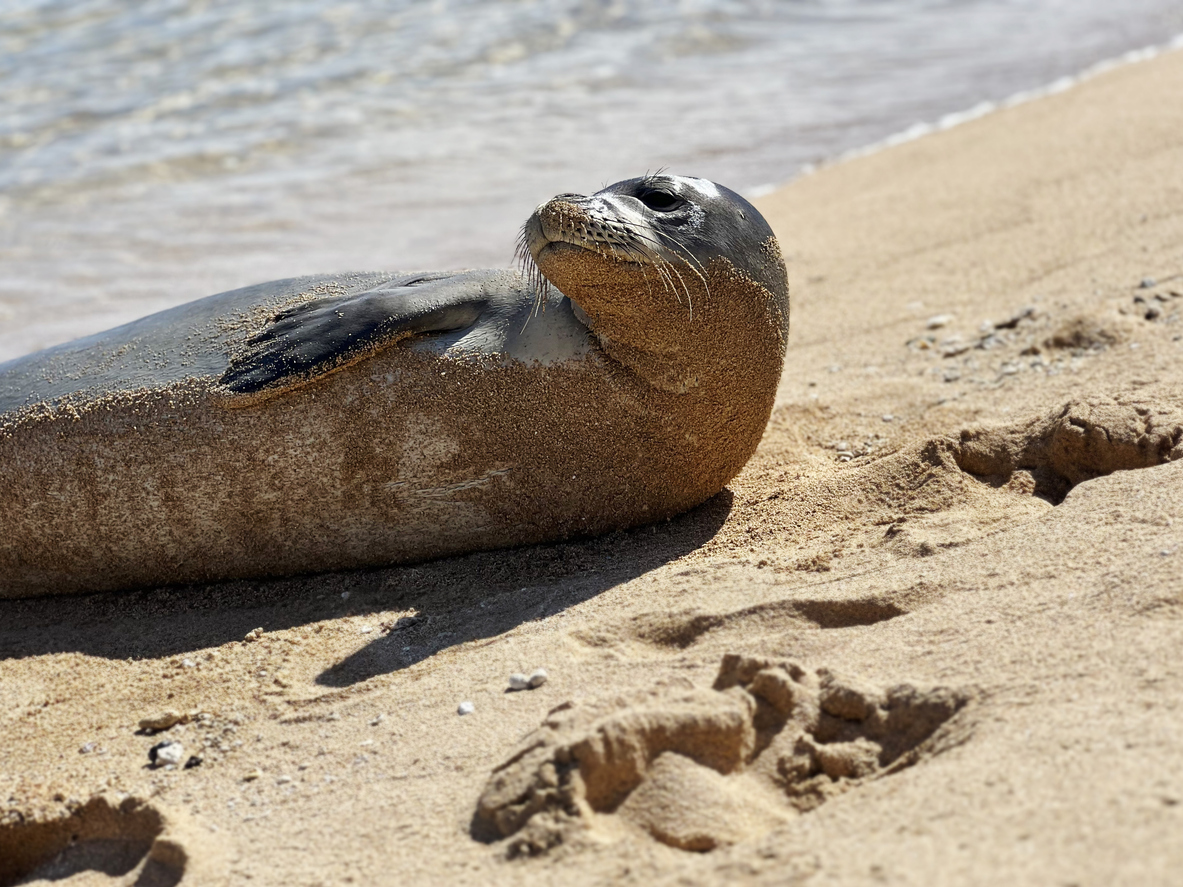
This sleek, sea-loving mammal was last officially sighted in 1952 and declared extinct in 2008. It once ranged across the Caribbean Sea and the Gulf of Mexico but was hunted for oil and meat well into the 20th century.
Fishermen from older generations have shared stories of monk seals basking on beaches or popping up beside boats. The fact that such a large, visible animal vanished within a lifetime makes it even more surreal. Some still hope they’re hiding in remote reefs—but none have surfaced.
8. Passenger pigeon
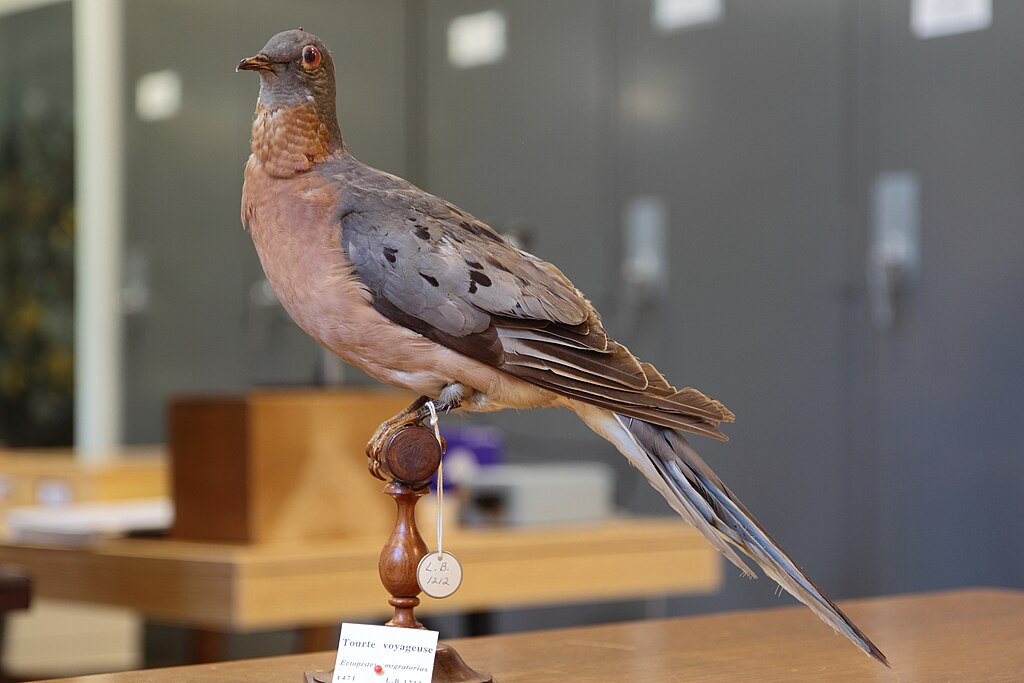
At one point, passenger pigeons were the most numerous bird species in North America, flying in flocks that darkened the sky for hours. But relentless hunting and habitat loss drove them to extinction by 1914, with the last one, named Martha, dying in a zoo.
People born in the 1800s witnessed their decline firsthand. Stories describe millions of them passing overhead in a single day. And within a few decades, they were gone completely. It’s one of the most extreme—and haunting—examples of how fast abundance can vanish.
9. Pyrenean ibex
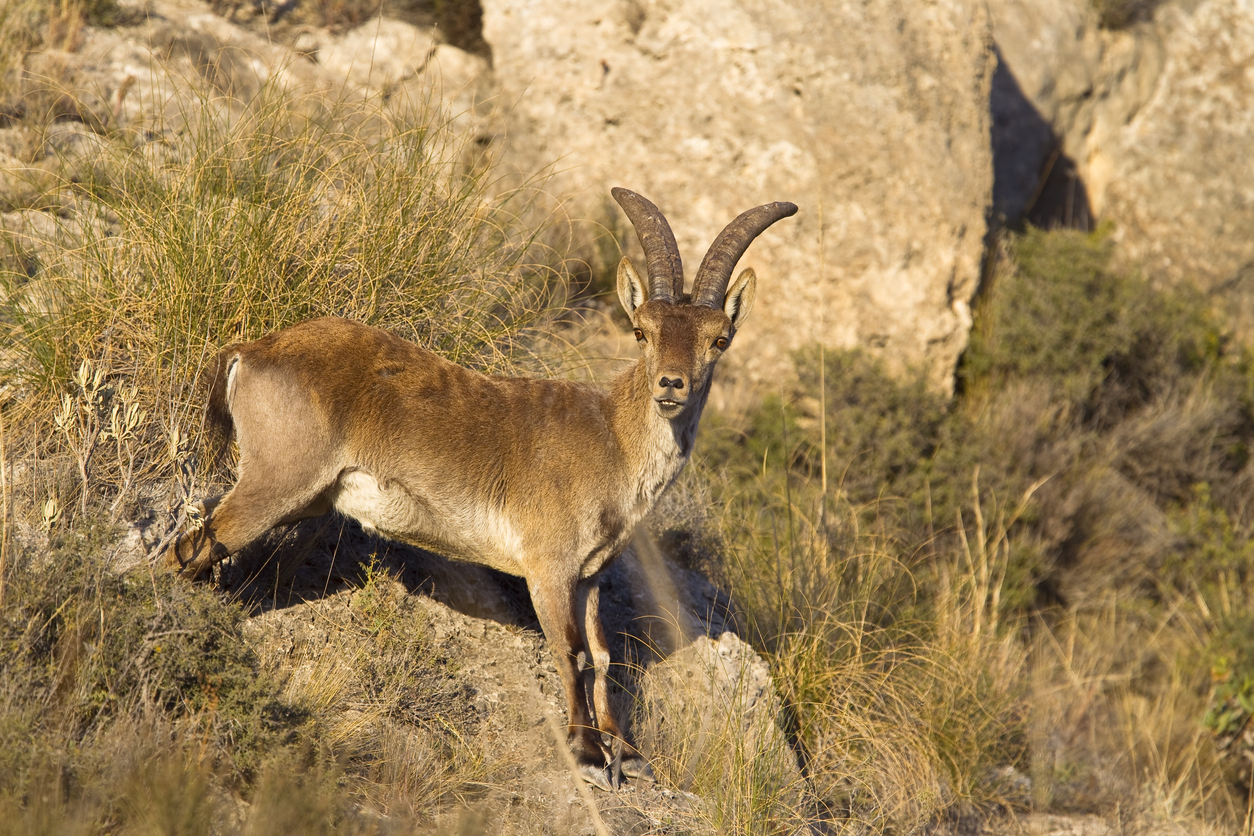
This mountain goat lived in the Pyrenees of Spain and France, known for its impressive curved horns and ability to scale rugged terrain. The last known individual died in 2000 when a tree fell on her—an oddly undignified end for a species that had once ruled the cliffs.
She was named Celia, and researchers trying to save her remember her well. Her DNA was even used in a cloning attempt—the first species ever briefly brought back from extinction, though the clone died shortly after birth. It all happened within the span of a generation.
10. Northern white rhinoceros (in the wild)
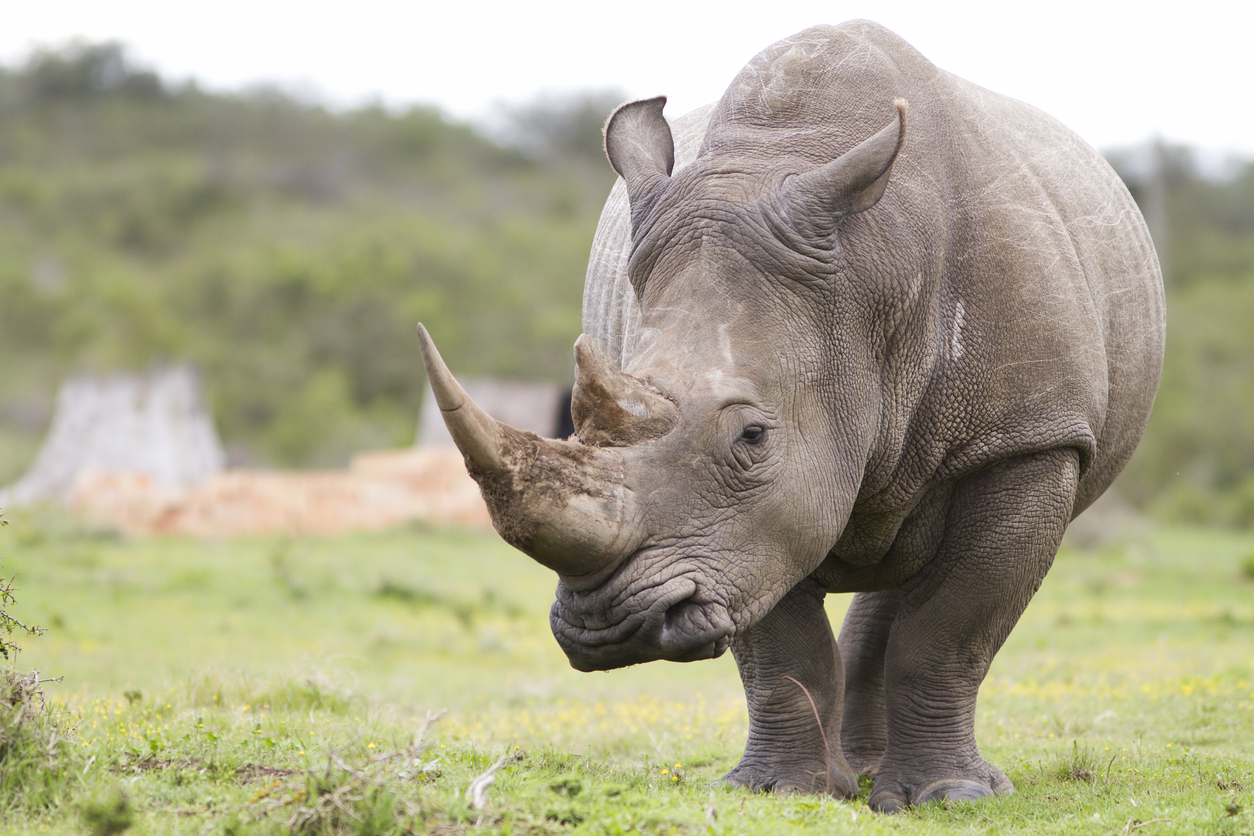
Though a couple of individuals still survive in guarded sanctuaries, the northern white rhino is now functionally extinct in the wild. Sudan, the last male, died in 2018, and his keepers mourned him like family. His story was covered worldwide.
Many people remember seeing this subspecies on TV, in zoos, or even in the wild before their numbers plummeted. The efforts to save them came too late, despite good intentions. The last few survivors are living reminders of how quickly the natural world can run out of time.